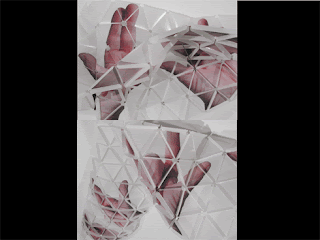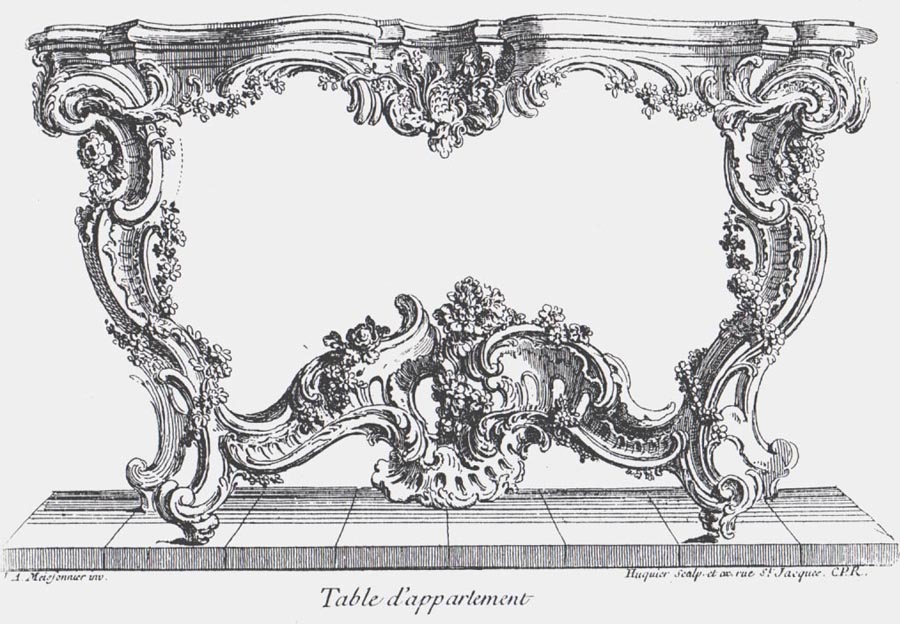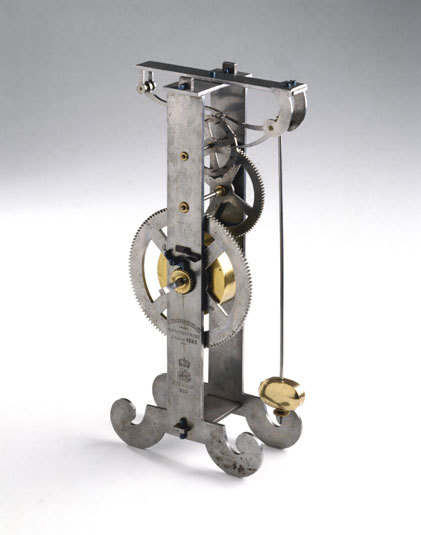 Ponoko is an online marketplace for everyone to click to make real things. They host tens of thousands of user generated product designs, ready to be customized and made into real things.
Ponoko is an online marketplace for everyone to click to make real things. They host tens of thousands of user generated product designs, ready to be customized and made into real things.
To coincide with the launch of their new Personal Factory 4 services, Google SketchUp is announcing the Ponoko 3D Printing Challenge. Basically, the challenge is to produce a piece of instructional content that’s equal parts enlightening and entertaining. Each entry must be titled “How to use Google SketchUp for Ponoko 3D printing,” but aside from that, the format is pretty open. Text, images and video (or some combination of the three) are all fair game.
All three winners will each receive SketchUp Pro 8, a 12-month Prime subscription to Personal Factory 4 and a voucher for having something made. The prizes for first place alone are worth $1500. The competition deadline is four weeks from now; all entries are due December 17, 2010. Visit the official announcement page for all the details.
Ponoko 3D Printing Challenge originally appeared on ArchDaily, the most visited architecture website on 27 Nov 2010.
send to Twitter | Share on Facebook | What do you think about this?






















